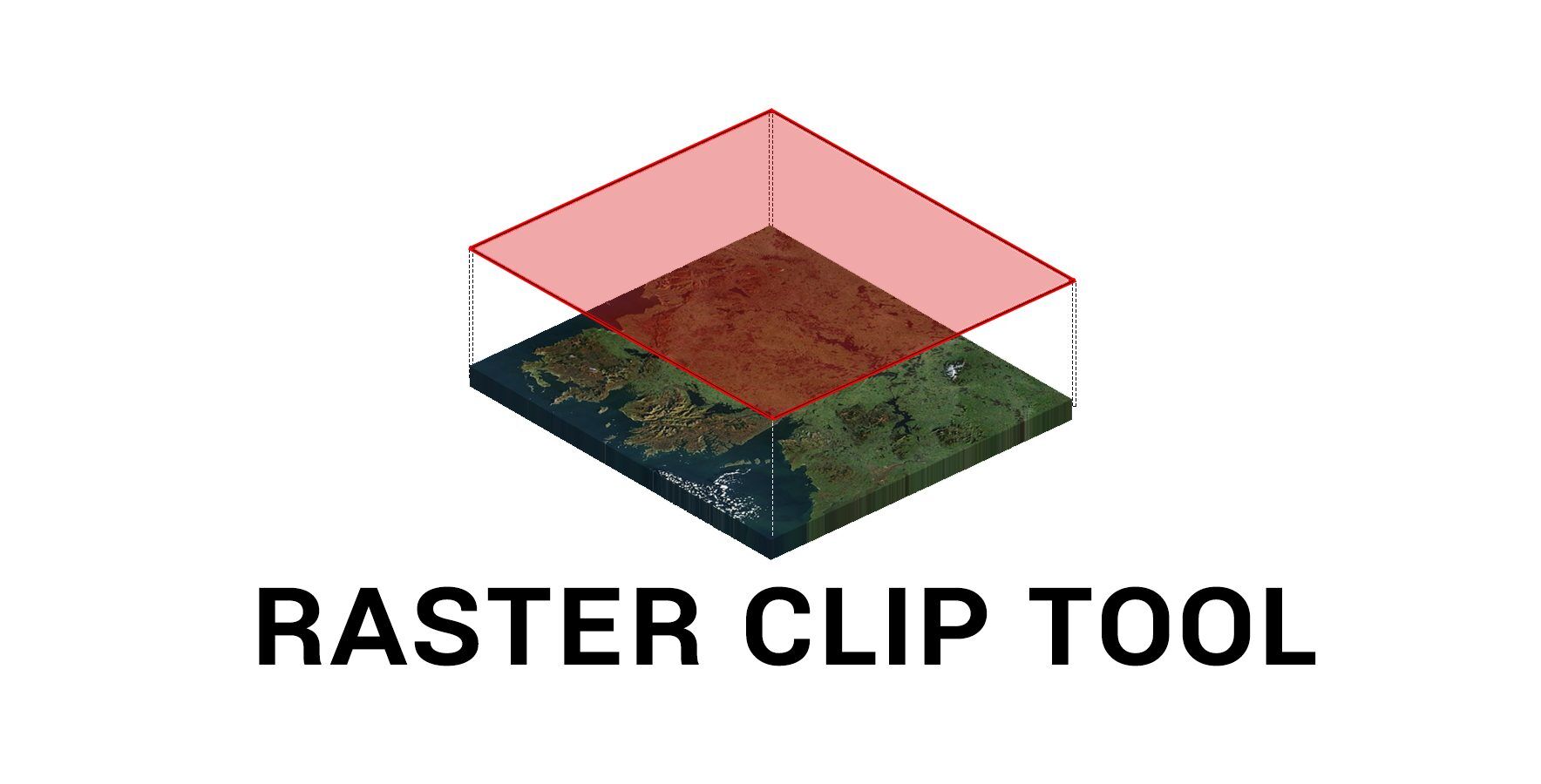
A scanning pattern of parallel lines that form the image projected on a cathode-ray tube of a television set or display screen.
noun
The pattern of illuminated horizontal scanning lines formed on a picture tube when no signal is being received.
Raster may refer to any of the following. A raster image is an image file format that's defined by a pixel with one or more numbers associated with it. The number defines the location, size, or color of the pixels. Raster graphics, a type of digital image that uses tiny rectangular pixels, or picture elements, arranged in a grid formation to represent an image. Because the format can support a wide range of colours and depict subtle graduated tones, it is well-suited for displaying continuous-tone images such. They’re big and bulky, but they’re also beautiful. Raster files might generally be considered the. Raster definition is - a scan pattern (as of the electron beam in a cathode-ray tube) in which an area is scanned from side to side in lines from top to bottom; also: a pattern of closely spaced rows of dots that form an image (as on the cathode-ray tube of a television or computer display).

noun
The horizontal lines (scan lines) displayed on a TV or computer monitor. This is the origin of the term 'raster graphics,' which is the major category that all bitmapped images and video frames fall into (GIF, JPEG, MPEG, etc.). See raster scan, raster display, analog video and bitmapped graphics.
The pattern of uniformly spaced horizontal scan lines that cover the display space of a device, such as a computer monitor or television monitor.Within each line are pixels (picture elements) that can be illuminated individually.
A scanning pattern of parallel lines that form the display of an image projected on a cathode-ray tube of a television set or display screen.
noun
A bitmap image, consisting of a grid of pixels, stored as a sequence of lines.

noun
Origin of raster
Rasterlink6
German from Latin rāstrumrake (from the resemblance of the parallel lines to a rake's path)rēd- in Indo-European roots
From American Heritage Dictionary of the English Language, 5th Edition
From GermanRaster, from Latinraster, from rastrum (“a rake'), from verb radere (“to scrape').
From Wiktionary
A scanning pattern of parallel lines that form the image projected on a cathode-ray tube of a television set or display screen.
noun
The pattern of illuminated horizontal scanning lines formed on a picture tube when no signal is being received.
noun
The horizontal lines (scan lines) displayed on a TV or computer monitor. This is the origin of the term 'raster graphics,' which is the major category that all bitmapped images and video frames fall into (GIF, JPEG, MPEG, etc.). See raster scan, raster display, analog video and bitmapped graphics.
The pattern of uniformly spaced horizontal scan lines that cover the display space of a device, such as a computer monitor or television monitor.Within each line are pixels (picture elements) that can be illuminated individually.
A scanning pattern of parallel lines that form the display of an image projected on a cathode-ray tube of a television set or display screen.
noun
Rasterize
A bitmap image, consisting of a grid of pixels, stored as a sequence of lines.
Raster Log
noun
Easter 2021
Origin of raster
Raster Image Definition
German from Latin rāstrumrake (from the resemblance of the parallel lines to a rake's path)rēd- in Indo-European roots
From American Heritage Dictionary of the English Language, 5th Edition
From GermanRaster, from Latinraster, from rastrum (“a rake'), from verb radere (“to scrape').
From Wiktionary



